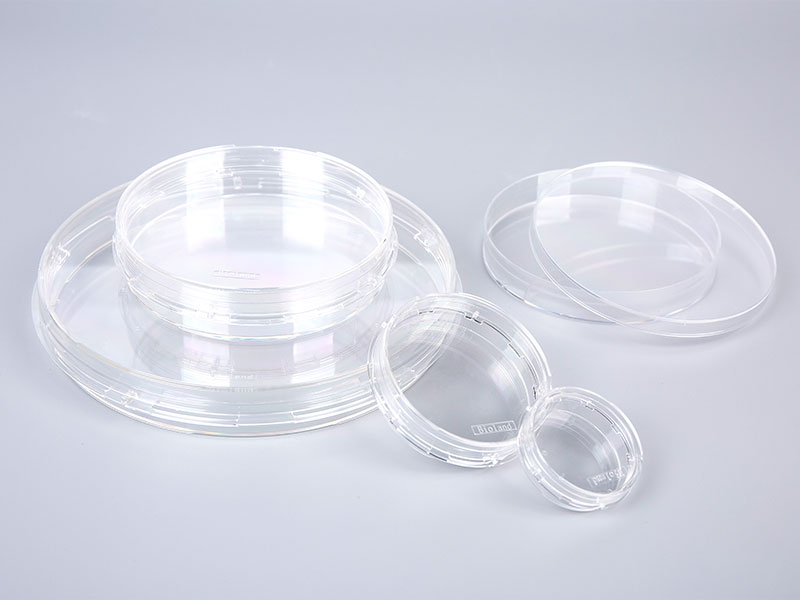The Evolution of Cell Culture Dishes: From Glass to Advanced Plastics
The evolution of cell culture dishes over the decades reflects significant advancements in both technology and materials, driven by the quest for precision and reliability in scientific research. Initially, cell culture dishes were rudimentary, often made from glass and lacking in the sophisticated design elements that we take for granted today. Early dishes were typically made from borosilicate glass, which, while chemically resistant and easy to sterilize, presented challenges in terms of surface treatment and ease of handling. Glass dishes, with their smooth surfaces, were prone to issues like inconsistent cell adhesion and difficulty in ensuring sterility.
As research progressed, the limitations of glass led to the development of plastic cell culture dishes. The introduction of plastics, particularly polystyrene, revolutionized cell culture practices. Polystyrene offered a more consistent surface for cell adhesion and could be easily molded into various shapes and sizes, enhancing the versatility of cell culture techniques. Moreover, plastics could be treated to improve their surface properties, such as by making them more hydrophilic to promote better cell attachment. This shift not only improved the reproducibility of experiments but also made cell culture more accessible due to the lower cost and greater availability of plastic dishes compared to glass.

In recent decades, the design of cell culture dishes has undergone further refinements, reflecting advances in material science and a deeper understanding of cell biology. Modern cell culture dishes often feature specialized surface treatments to enhance cell adhesion and growth. For instance, surface modifications can create environments that better mimic the natural extracellular matrix, facilitating more accurate cellular behavior and responses. The advent of innovative designs such as Bioland™ Cell Culture Dishes showcases how contemporary dishes integrate advanced features like easy-grip rings and perforated designs for improved airflow, reducing contamination risks and improving user experience. These innovations address practical challenges and enhance experimental reliability by minimizing the risk of contaminants and facilitating better handling.
The evolution also includes significant improvements in the sterility and safety of cell culture dishes. The use of irradiation sterilization and the stringent control of contaminants such as RNases, DNases, pyrogens, and cytotoxins have become standard practices. These measures ensure that cell cultures are free from potential inhibitors and contaminants, which could otherwise compromise experimental outcomes.
The development of cell culture dishes from simple glass containers to sophisticated plastic designs reflects broader trends in scientific and industrial progress. Each advancement in material science and design has contributed to more reliable, efficient, and user-friendly tools for researchers, ultimately advancing our ability to study and manipulate cellular processes with greater precision and confidence.
For more information, please call us at +86-0571-87993109 or email us at hzbioland@126.com.
Aseptic vacuum filters, like Bioland™ disposable vacuum filtration units, are designed for high-effi...
Whether used in the food hygiene industry, water monitoring, or research labs, selecting the right m...
Narrow-mouth reagent bottles are essential tools in laboratories, offering precise storage solutions...
In laboratory diagnostics, particularly in PCR (Polymerase Chain Reaction) testing, efficiency is pa...
When working with the Bioland™ Cell Shaker, one of the most crucial factors in ensuring successful c...
Polymerase chain reaction (PCR) is one of the most vital techniques in molecular biology, allowing s...

 中文简体
中文简体 English
English Español
Español русский
русский











